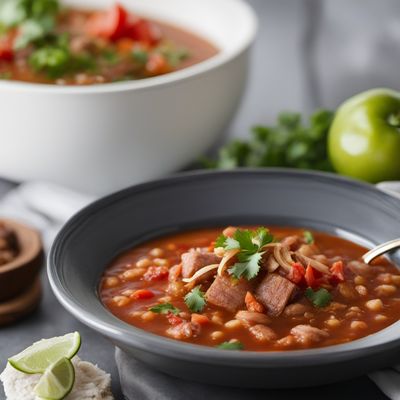
Ingredient
Canned or jarred legumes
Convenient Legume Delights
Canned or jarred legumes are legumes that have been cooked, seasoned, and preserved in liquid inside cans or jars. They come in a variety of types, including beans, lentils, chickpeas, and more. These legumes are soft, tender, and retain their natural flavors. They can be used in soups, stews, salads, or as a side dish, providing a good source of plant-based protein, fiber, and other essential nutrients.
Origins and history
Legumes have been a staple in diets around the world for centuries. They have a rich history and cultural significance in various cuisines, including Mediterranean, Middle Eastern, and Latin American. Canning or jarring legumes became popular in the early 19th century as a way to preserve their nutritional value and extend their shelf life. Today, canned or jarred legumes are widely available and offer a convenient option for individuals looking to incorporate legumes into their meals without the need for soaking and cooking dried legumes.
Nutritional information
Canned or jarred legumes are a good source of plant-based protein, dietary fiber, and essential minerals like iron and potassium. They are also low in fat and cholesterol-free. However, it is important to check the label for added sodium or preservatives, as some canned or jarred legumes may contain higher levels of these ingredients. Rinse the legumes before using to reduce sodium content.
How to select
When selecting canned or jarred legumes, read the label to ensure they do not contain any allergens or additives that you may want to avoid. Look for products that are low in sodium or have no added salt if you are watching your sodium intake. Check the expiration date to ensure freshness. Opt for BPA-free cans or jars if possible.
Storage recommendations
To maintain the freshness and quality of canned or jarred legumes, store them in a cool, dry place away from direct sunlight. Once opened, transfer any unused legumes to a clean, airtight container and refrigerate. Use them within a few days to ensure optimal taste and texture. Discard any cans or jars that are damaged, bulging, or have an off odor.
How to produce
Canned or jarred legumes are produced by manufacturers using specialized equipment and processes to cook, season, and preserve the legumes. It is not recommended for amateurs to produce canned or jarred legumes at home due to the complexity and safety considerations involved in the canning or jarring process. However, individuals can cook and preserve dried legumes at home using proper canning techniques and equipment.
Preparation tips
Canned or jarred legumes can be used in a variety of dishes, including soups, stews, salads, and side dishes. They can be added to pasta dishes, rice bowls, or grain salads for extra protein and fiber. Canned or jarred legumes can also be mashed or pureed to make spreads, dips, or vegetarian patties. Experiment with different seasonings and combinations to create flavorful and nutritious meals.
Culinary uses
Canned or jarred legumes are commonly used in soups and stews, where they add texture, flavor, and nutritional value. They can be used to make classic dishes like chili, minestrone, or lentil soup. Canned or jarred legumes are also popular in salads, where they provide a protein-rich component. They can be added to grain salads, green salads, or mixed with vegetables for a hearty and nutritious meal. Additionally, canned or jarred legumes can be used to make spreads like hummus or refried beans, or as a filling for vegetarian tacos or burritos.
Availability
Canned or jarred legumes are widely available in supermarkets, grocery stores, and online retailers. They can be found in most countries around the world, catering to individuals looking for a convenient and time-saving option for incorporating legumes into their meals.
More ingredients from this category

Canned or jarred lentils
The Convenience of Canned or Jarred Lentils

Canned or jarred common beans
Preserved Nutritional Powerhouses

Canned or jarred peas
"Preserved Green Gems: Exploring the Versatility of Canned or Jarred Peas"

Canned or jarred chickpea
The Versatile Legume: Unlocking the Potential of Canned or Jarred Chickpeas



